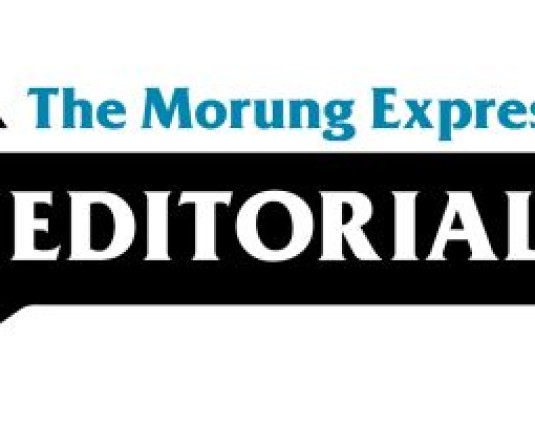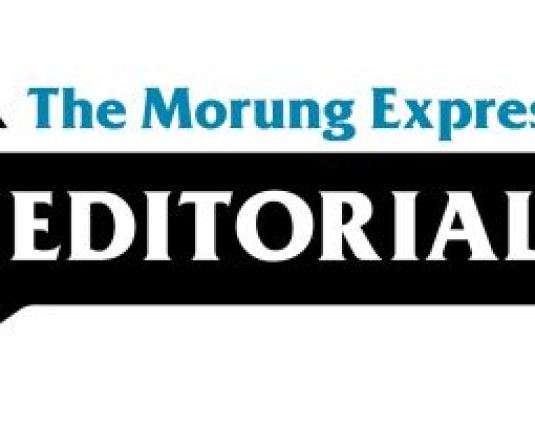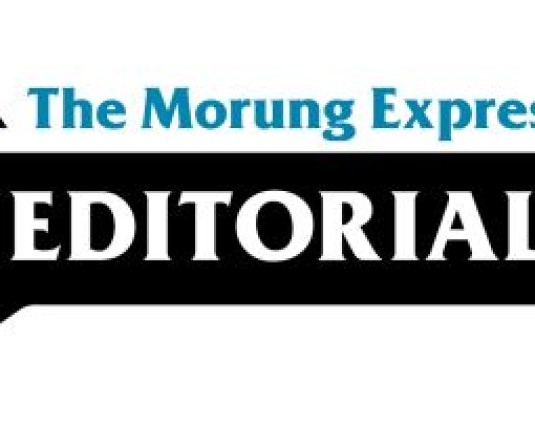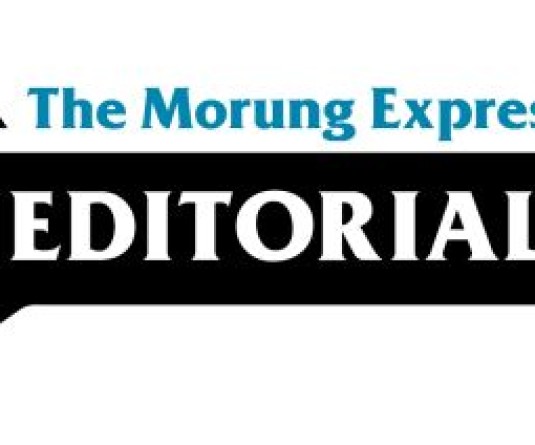
A Government budget, according to the Encyclopædia Britannica, is a “forecast by a government of its expenditures and revenues for a specific period of time.” By convention, the period covered by a budget is usually a year, known as a financial or fiscal year, which may or may not correspond with the calendar year, and usually gives an estimated and actual government receipts (incomes) and expenditures. One of the primary objectives of this exercise is to ascertain how the incomes are raised, and most importantly, how they are spent.
Depending upon the status of the economy and policy initiatives of the concerned government during the given period, a budget can be balance, deficit or surplus. While a balance or surplus budget, suggesting either income-expenditure parity or excess receipts over expenditures respectively, are generally considered favourable in theory; practically, it is not always desirable, if such outcomes are arrived at the cost of general public welfare or other amenities.
Likewise, a deficit budget, despite its negative connotation, is not always necessarily unfavoured in practice, though its excess usage is considered to be an ‘unhealthy’ habit. For instance, the government may resort to ‘deficit financing,’ as a policy measure to generate economic growth on order to promote overall economic development. The measure is usually adopted in a developing economy, where private investment is limited and the government’s role is crucial to push economic growth. An economy facing unforeseen extreme emergencies – either natural or otherwise, can also resort to such financing to temporarily tide over the situation.
And then there is Nagaland budget which seem to be outside the purview of the three categories. Any government budget is waited with outmost curiosity by its citizens, among others, to know the health of the economy and announcement of new initiatives, policies, and fiscal measures. However, as the Chief Minister Neiphiu Rio presented the Nagaland budget for the year 2020-21 at the recently concluded 5th Session of the 13th Nagaland Legislative Assembly (NLA) on February 13; little curiosity, if at all, was for a completely different reason. The citizens were less bothered about new policies and more interested with how much the budget deficit might have increased in the current fiscal.
None were disappointed. While the fiscal year 2019-20 estimated to close with a deficit of Rs. 2234.85 crore, the 2020-21 estimated to close with a deficit of Rs. 2358.81 crore.
The deficit of Rs 2234.85 crore for 2019-20 was a revised estimate as it was expected to be ‘only’ Rs 1,611.98 crore when the budget was presented last year. The Chief Minister blamed the reduction in State’s share of Union Government’s taxes by Rs 939 crore for the increased deficits. As a result, while the current year’s transaction is estimated to result in a negative balance of Rs 123.96 crore only, because of the negative opening balance of Rs. 2234.85 crore, it shot up to Rs. 2358.81.
So what’s there for citizens as it’s a ‘deficit financing.’ Out of Rs 21048.87 crore expenditures estimated for 2020-21, only Rs 6093.15 crore (or 28.95%) is labelled as development expenditure. However, it includes funds for Centrally Sponsored/Sector Scheme (CSS); ergo, the state’s development fund would be much lesser. The rest of expenditures-Rs 14955.72 crore (or 71.05%) are designated as Non-developmental expenditures or Servicing of debts, without adding any direct tangible assets to the economy. Absence of any announcements for general welfare in all sectors of the economy can be attributed for this.
To top it up, though a ‘deficit budget’ in Nagaland was usually accompanied by no new taxes before, the Chief Minister decided to break the tradition this time by levying new taxes on heavy machinery and certain type of vehicles. The rate of duties on petroleum products were also enhanced from 10% for diesel to 14.5% and from 20.38% for petrol and other motor spirit to 25%, coupled with increased rate of Road Maintenance Cess on petroleum products from Rs. 1.50 paise per litre to Rs. 2 per litre.
The increased rates will have a cumulative on impact on many other areas, especially on prices, including essential commodities and services.
A ‘deficit financing,’ consequently was executed in Nagaland, with negligible impact on economic growth but further burdening the common citizens.





